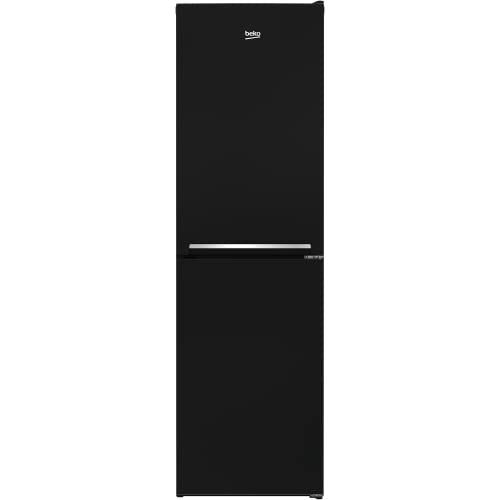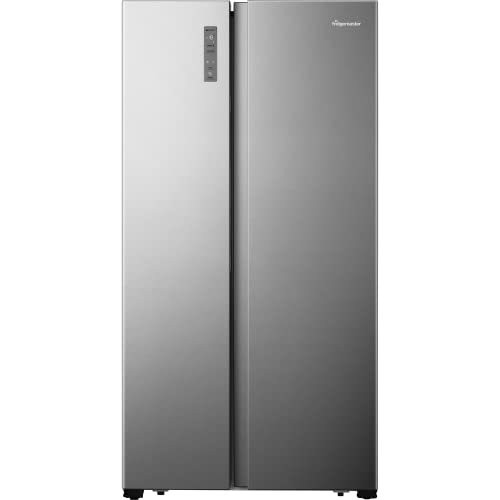
Frydge
Add a review FollowOverview
-
Sectors IT Program
-
Posted Jobs 0
-
Viewed 19
Company Description
15 Best Fridges Bloggers You Should Follow
How to Keep Your Fridge Running Smoothly
 Fridges are available in many different sizes and shapes. They can fit into tight spaces, such as dorms.
Fridges are available in many different sizes and shapes. They can fit into tight spaces, such as dorms.
Some models can also connect to smart devices. You can also monitor your fridge from afar and fix any issues in the event of an issue. You can also make use of voice commands to control them.
Noise
Refrigerators can produce various sounds when operating, and some are more noticeable than others. Before calling a refrigerator repair service, try to identify the cause of any sounds you hear.
Rattling
The sound of a refrigerator rattling could be caused by there’s no space between the fridge and the wall or cabinet, or when it’s sitting at an uneven angle. It’s easy to fix. It’s just a matter of ensure that there’s at least two inches between the fridge and wall or cabinet, or adjust the leveling screws or legs to increase or decrease the height of your fridge.
Hissing
When the compressor is cooling your food, it could make a hissing sound. This is a common sound that is caused by the compressor fluid or refrigerant moving through the system. If you are concerned, keep track of how often the compressor cycles. Contact a refrigerator repair company right away in the event that this occurs more often than normal.
Squeaking
Best fridges can be noisy when the fan or coils are dirty. If you notice that your fridge is making squeaking sounds, clean the coils or fan with a vacuum cleaner with a brush attachment or a rag and water or use dish soap and water. This should be done twice each year, or more often in the case of older refrigerators or used a lot.
Clicking
Frigs can also make an ear-piercing sound, which is generally caused by the accumulation of ice around the freezer fan. Defrosting by hand can fix the issue however it is likely to recur unless a professional is called to assist.
If you hear clicking, turn the refrigerator back on. If you have an ice maker connected, this sound can be caused by it. Make sure to switch it off when you are not making use of ice frequently.
The hum from your fridge is normal. It may get more pronounced during certain times of the day, or following heavy stockings or intense freezer functions. The refrigerator is working harder to keep your food cool, and therefore it has to work faster. This is not an indication of an issue.
Dust
Dust in the house is a magnet for bacteria, dirt and other microorganisms as well as traces of everyday household chemical exposures. The tiny particles can cause allergic reactions as well as inhalation and provide a perfect surface for microbes, such as those that may cause an infection when they come into contact with a cut.
Cleaning a refrigerator isn’t easy, but regular cleaning can help to reduce dust and keep the temperature at a constant level. A dirty fridge also consumes energy when it gets overheated and performs inefficiently. If you suspect your fridge is producing louder sounds than usual, or if it’s operating at a high rate of energy consumption due to its overwork is it time to call in experts.
Dust doesn’t float into the air from outside as is commonly thought. It is made up of soil that has been resuspended from the house, which is often tainted with lead and other toxic substances, as well as pollen, mold spores, and car exhaust. It also contains the legacy pollutants like DDT that were banned half decades ago.
Certain compounds, such as flame retardants like decabromodiphenylether, volatilize into the air. However, the majority of chemicals in dust are derived from objects that are thrown off, for example, electronic equipment. High-molecular-weight substances, such as surfactants used in cleaners and paint strippers, also migrate directly into dust.
Aside from contaminating the food in the refrigerator, a dusty refrigerator can also affect your health. It can contain allergens, like pet dander or droppings from cockroaches, which can cause asthma attacks and allergic reactions. It also contains bacteria-related spores like staphylococcus.
Researchers have found that contaminated dust is linked to a wide range of health conditions, including cancer, cardiovascular disease leukemia, and inflammatory intestinal diseases. Recent research has revealed that the dust in the homes of children who had leukemia had higher levels PCBs as well as PBDEs and polycyclic aromatic hydrocarbons.
Condenser Coils
When refrigerators are running correctly, the coils on the back and front of the appliance are supposed to be able to disperse the heat created by the compressor. If these radiator-like parts are covered with pet hair, dust or lint, the compressor has to work overtime trying cool the refrigerator and wears down the appliance. This is why it’s crucial to clean the coils regularly.
Before you begin, disconnect and turn off the refrigerator’s power source. This will reduce the chance of electrocuting yourself or family members while working on the appliance. It’s also an excellent idea to wear a mask if you are sensitive to dust. You will then have to locate the coils. The coils are typically located at the back of the refrigerator or, in some cases, at the front and base. Check the manual of your fridge or contact the manufacturer if you aren’t sure where to find them.
After you have located the coils, you’ll need to remove the access panel if there is one. You can then alternate between vacuuming the coils using a narrow hose attachment and rubbing them with a condenser coil cleaning brush. It’s important to take your time while doing this so that you don’t bend or damaging the coils. Replace the kick panel or put the refrigerator in the correct position, and then connect it to the electrical outlet.
If you’re not confident doing it yourself, you can always employ an expert. However, it’s a lot cheaper and less hassle to keep up with the routine of cleaning to avoid the issue from arising in the first place.
Maintenance
Refrigerators are durable appliances that run all day and night to cool your food. They need regular maintenance to enable them to do their job effectively. This simple preventive maintenance will keep them running smoothly for many years to come.
A simple task is to wipe down the door seals. The gaskets may become blocked by jelly and other food items that stick which allows cool air to escape through tiny gaps. Clean them off by putting baking soda and warm water on a toothbrush or sponge every few months.
The fan in the rear of the refrigerator is a different location to look at. It may be loud if it’s blocked up with insulation, paper or even a mouse. Unplug the fridge remove all the shelves and remove any parts that are removable. Clean the coils and the area surrounding them using an air cleaner and a hose attachment. Make sure that you switch off the fridge after you have finished.
It is recommended that you read the owner’s manual for details about where to locate the coils, the fan, and the tools for cleaning you might require. Also, you should review the warranty to be sure you understand what’s covered.
